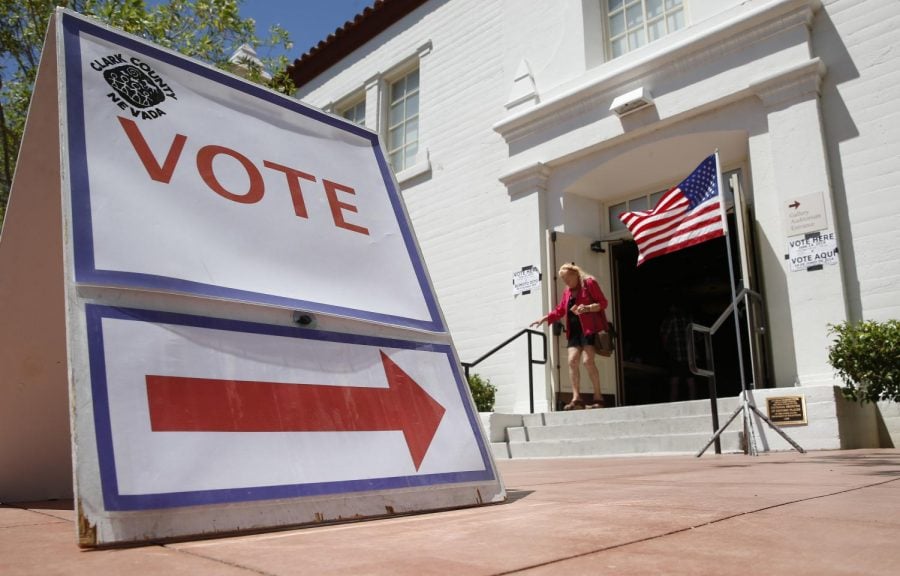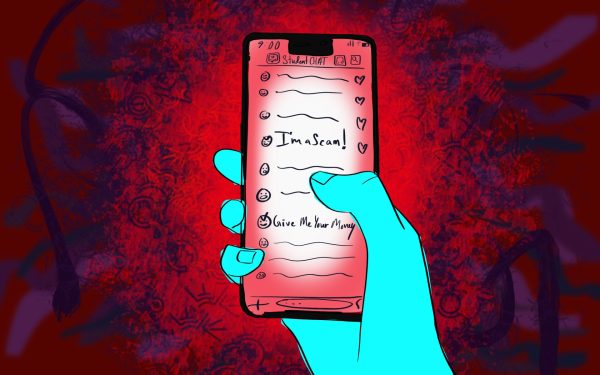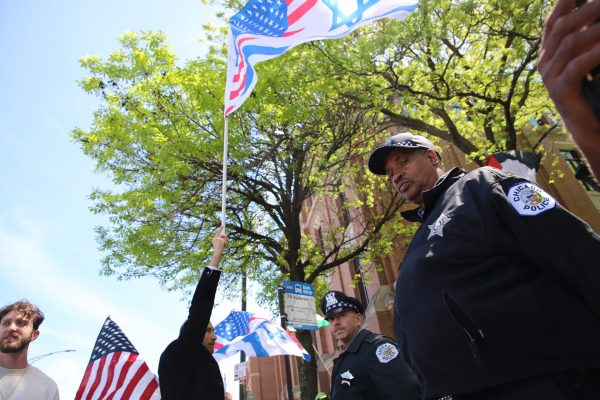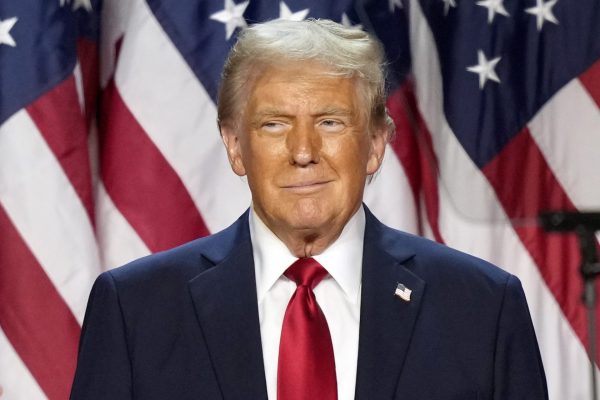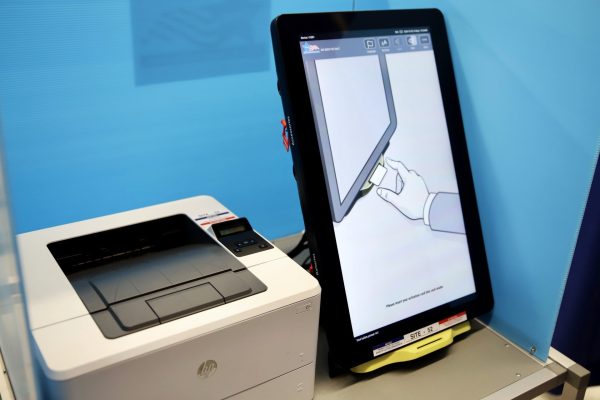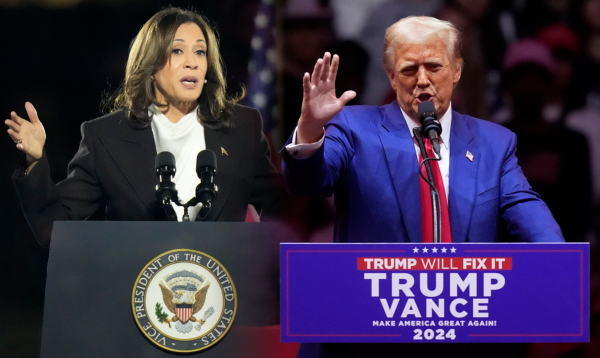Social media engagement doesn’t translate to polls
While platforms like Facebook, Twitter, and Instagram allow users to express their political opinions, it doesn’t always lead to political engagement.
In the wake of the recent statewide primary elections in Illinois, some jumped on the fact that only 3 percent of those aged 18-24 came out to vote. But even in a tense race that included nationwide coverage of old guard Blue Dog Democrat Dan Lipinski battling progressive businesswoman Marie Newman in the 3rd Congressional District, the youth just didn’t end up turning out.
In a 2017 joint study between Yale, the University of California Riverside, and the London School of Economics, the researchers concluded that “voters view candidate selection as more difficult, and their decisions as less meaningful, both of which alter the calculus of voting in a way that makes voting in primary contests less likely than in other types of elections.” While their findings were inconclusive, they also suggested that people don’t feel as much pressure in general elections, with most folks being willing to defer to those who know more about the candidates and the issues; this seems to jibe with the simple notion that binary choices in a general election are easier to navigate than multiple candidates from the same party in a primary election.
 In the wake of the elections, Doug Klain from the DePaul College Democrats said that “Few campaigns have figured out the formula to get young people to turn out, and clearly even an über-progressive like (Daniel) Biss wasn’t enough of a motivator.” He added that the race for Illinois governor in November will “probably feel for a lot of young people like a decision between two not-great options.”
In the wake of the elections, Doug Klain from the DePaul College Democrats said that “Few campaigns have figured out the formula to get young people to turn out, and clearly even an über-progressive like (Daniel) Biss wasn’t enough of a motivator.” He added that the race for Illinois governor in November will “probably feel for a lot of young people like a decision between two not-great options.”
In a recent analysis of U.S. Census data by Pew Research, it was reported that Millennials (defined as those ages 20-35) made up 27 percent of the voting eligible population in 2016, with their numbers on track to surpass that of Baby Boomers (ages 52-70) by 2019.
The analysis reiterated that when looking at millennial voting rates, demographics are less important than factors such as who the candidates are and how satisfied they are with the economy.
Still, even though they were almost 30 percent of the electorate in 2016, only 51 percent of eligible millennial voters turned out to make their voices heard. There would’ve had to have been a 61 percent Millennial turnout in order for their “voting clout to match their share of the electorate,” Pew Research noted.
And a wide-ranging 2015 meta-analysis of 36 current studies about the relationship between social networking sites (SNS) and voter turnout ultimately concluded that, as expected, correlation simply does not equal causation: just because someone is engaged with politics online does not necessarily mean they will be motivated to go to the polls – and those who do in fact participate politically in both the virtual and physical realms may be motivated by some previous cause, like an interest in politics, anyway.


